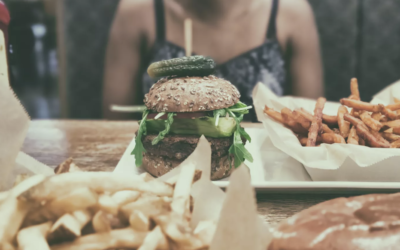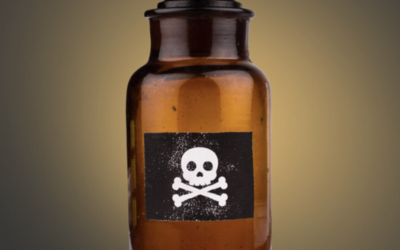“When Western things aren’t working look to the East!”
As a plastic surgeon, I am surrounded by patients who are in varying stages of scar repair and healing. I’ve learned that the techniques I use in the operating room, while important to set scars up for beautiful healing, are not the only factor which impacts the end result. Each and every one of us, with our own unique physiology, will create scars at different rates, thickness, color, and firmness. We generally tell people that scars will reach the peak of wound healing at 3 months and will reach full maturity by 12 months (white, thin, flat). So you’re looking at a year before you know what your scar will look like.
Outside of scar formation, a surgical zone will also have injured lymphatic vessels. These vessels are responsible for carrying fluid into, and out of, a tissue area, as well as, back to the heart. As those vessels are healing, and restructuring, fluid becomes trapped into the tissue causing firmness and swelling. The natural healing process requires an influx of fresh blood cells (immune repair cells and oxygen delivery cells). However, increased pressure within the tissue prevents this influx of repair cells and thusly slows healing. The outflux of debris and cell repair byproducts (free radicals, etc) also remain trapped within the tissue. With our delicate physiology our tissue needs a balanced flow in and out to constantly bathe the tissue with clean fluid and carry out the waste products.
I came across cupping as I looked for methods to help my patients improve their results and healing process. I actually first learned of this method after watching a Chinese Medicine demonstration in college and I was reluctant to buy into all the conditions they could “cure.” With my medical knowledge and personal experience with real patients, I’m circling back to this concept with a new appreciation. We do know (with good literature) that mechanical manipulation (massage) is a very effective method for scar softening; so, in my mind, it makes sense that cupping would enhance scar maturation simply based on this principle. There is some evidence to show cupping enhances blood flow to the skin.
Since instituting this protocol with my patients I’ve seen a remarkable turn around in those who consistently perform the cupping at home. I ask them to buy cupping sets from Amazon which I have found to be the most user friendly. I generally recommend an in-person demonstration to ensure they know how it should feel. Main points to remember:
1. Start cupping when you are at least 1 month out from surgery
2. Come in to my office for a cupping demonstration (if you are my patient)
3. Perform the cupping 2-3 times daily for 3 minutes a session
4. Use a combination of movement and sliding technique with oil depending upon the area treated (warm coconut oil or olive oil is what I recommend) *See video
5. Do not perform on areas of open wounds or cracking fragile skin
6. Should not be painful – if painful stop cupping
7. Talk with your surgeon before starting any cupping therapy on a surgical site
Welcome to the exciting world of cupping!




0 Comments